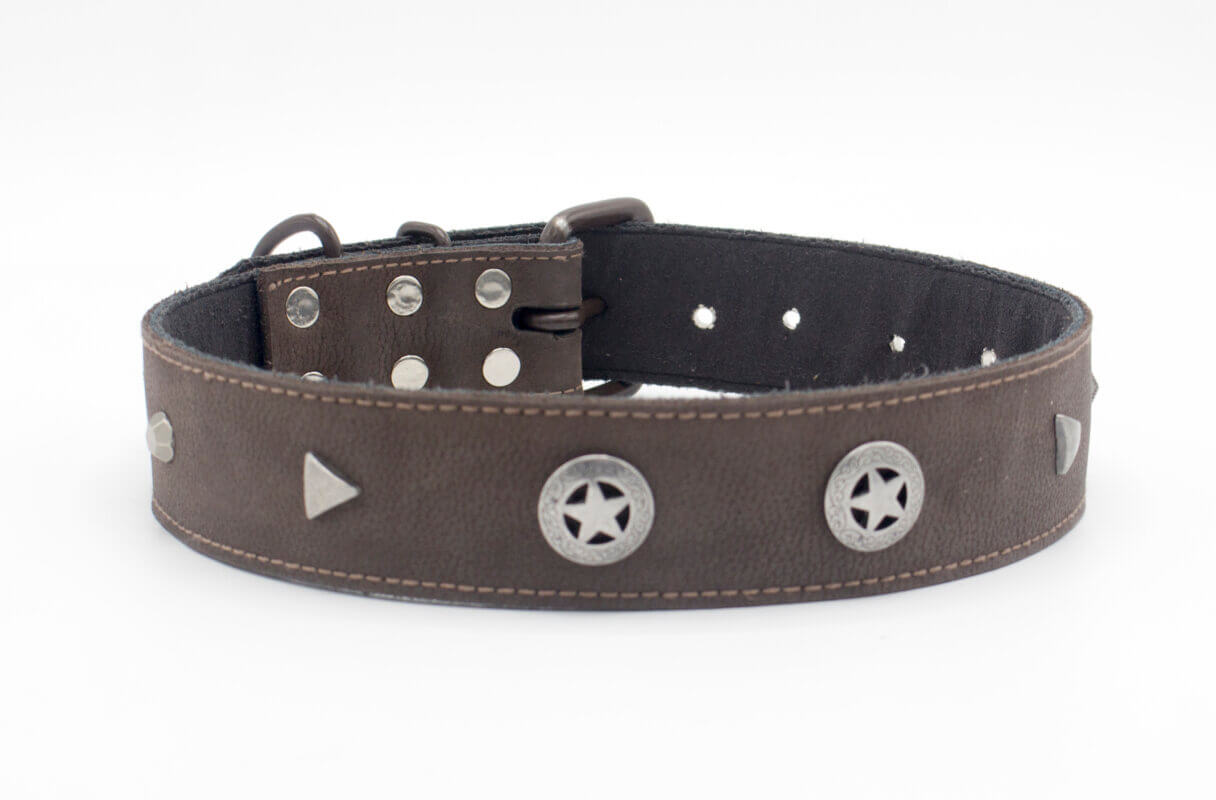No products in the cart.
Introduction
How tight should a dog collar be? There’s no one answer to this question – it depends on your dog’s size, weight, and activity level. However, a good rule of thumb is to keep the collar tight enough so your dog can’t pull away easily but not so tight that it causes pain or irritation.
The Basics of Dog Collars
There are a few things to consider regarding how tight a dog collar should be.
The first is that the tighter the collar, the less likely it will be to slip off or get caught on something. However, too tight of a collar can cause pain and discomfort for your pet.
Secondly, ensure that the size of your dog collar corresponds with the size of its neck. Collars that are too big will not fit properly, and those that are too small may pinch or hurt your pet’s neck.
Finally, be aware of any allergies your pet may have to certain materials used in dog collars. Some common allergens include leather, metal, and rubber. If you are unsure whether or not your pet has an allergy to a particular material, always consult with a veterinarian before purchasing a new collar.
Types of Dog Collars
Many types of dog collars are available on the market, and it cannot be easy to decide which is right for your pet. The following are four different types of dog collars and their corresponding purposes.
1. Leather Dog Collar: A leather dog collar is perfect for dogs that love to play fetch. It is durable and comfortable and helps protect your pet from injuries while playing.
2. Nylon Dog Collar: A nylon dog collar is perfect for dogs that are often outside running or playing fetch. It is lightweight and easy to take on and off, making it a great choice for active dogs.
3. Rubber Dog Collar: A rubber dog collar is perfect for dogs prone to getting tangled in their leashes. It is also resistant to bacteria, making it a safe option for your pet.
4. Metal Dog Collar: A metal dog collar is perfect for aggressive or strong dogs that may pose a danger to others. It is sturdy and will help keep your pet under control.
How Tight Should a Dog Collar be?
A dog collar should be tight enough to keep the dog from pulling but not so tight that it cuts into their skin. If the collar is too tight, it can cause the dog to become anxious and pull harder. A good rule of thumb is to tighten the collar as much as necessary until the dog starts to pull, but no more.
Why are dog collars necessary?
A dog collar is a common and necessary tool for keeping your dog safe. A properly fitted collar will help to prevent your dog from wandering away, getting into fights, or escaping from the property. A loose collar can also cause your dog to become distracted and potentially injure themselves or others.
When choosing a collar, it is important to consider your dog’s size, breed, and build. Additionally, ensure that the collar is fitted snugly around the neck; a loose collar can give your dog freedom to move around and potentially get injured.
Should I put my dog in a kennel when I’m not home?
There is no definitive answer as to whether or not you should put your dog in a kennel when you’re not home. Some people believe it is beneficial to have their dogs confined when they’re not around to keep them from becoming destructive or getting into trouble.
Others feel that kenneling your dog can be stressful for them and lead to behavioral problems. Ultimately, it is up to you as the pet owner to decide if keeping your dog indoors while you’re away is the best solution for them.
What is the best way to train my dog?
There is no one answer to this question, as different methods work better for dogs. However, some basic tips that may help include establishing rules and boundaries for your dog, providing positive reinforcement when they comply with these rules, and using treats or toys to motivate them.
When should you put a new dog collar on your pet?
When you first get your new dog, it’s important to put on his new collar. The collar should be snug but not too tight. If it’s too tight, he’ll start to pull away from you, and if it’s too loose, he may escape. You can try putting the collar on him a few times and adjusting it until it fits comfortably.
It would help to put on the dog’s new leash when you first get him. The leash should have a sturdy clasp at least six feet long.
Finally, it would help to put on your new pet’s Identification Tag.
Conclusion
When it comes to dog collars, the rule of thumb is that they should fit snugly but not too tight. If your dog pulls hard on the leash, you may need to tighten the collar; if your dog barely moves, you can probably leave the collar loose. When getting a new or replacement collar for your pup, always measure their neck first and compare it to the size chart provided by the manufacturer.


